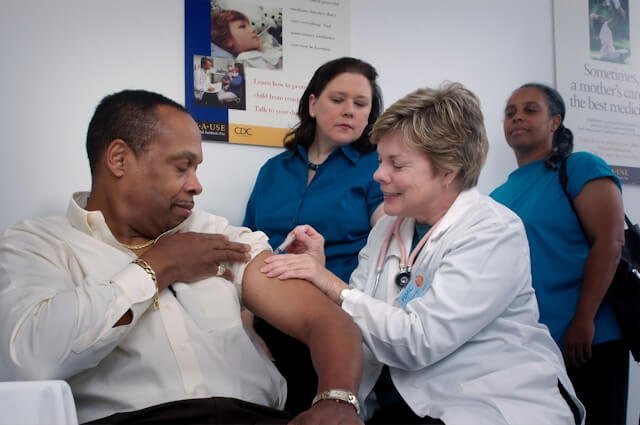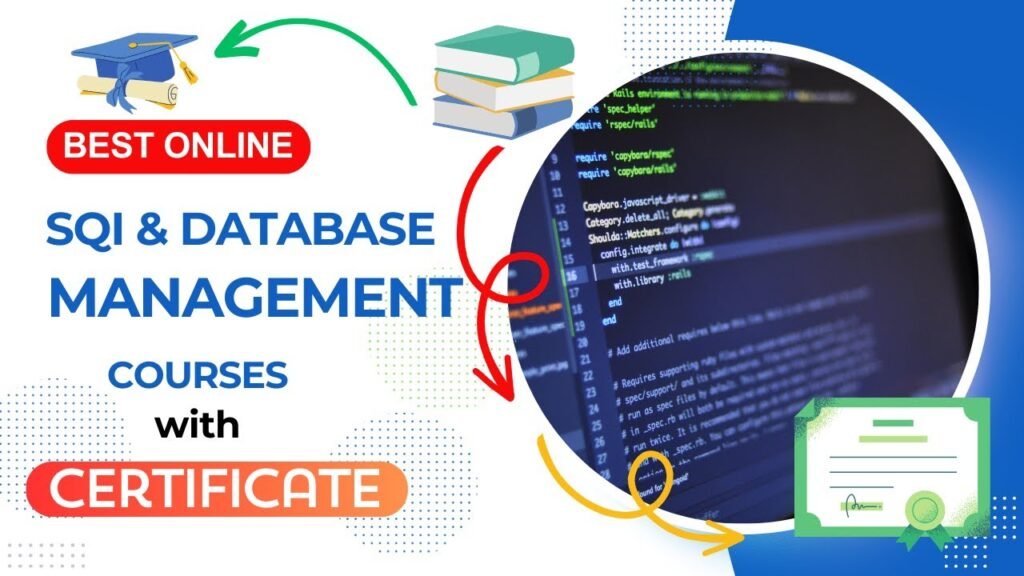Clinical observation forms the cornerstone of effective nursing practice, serving as the primary mechanism through which healthcare professionals monitor patient status, identify changes in condition, and implement timely interventions. This fundamental nursing skill encompasses far more than routine vital sign checks; it represents a comprehensive approach to patient assessment that can literally mean the difference between life and death in healthcare settings.
Understanding Clinical Observation: Definition and Purpose
Clinical observation in nursing refers to the systematic and continuous monitoring of patients through visual, auditory, and tactile assessment techniques. This practice involves the deliberate collection of data about a patient’s physical condition, emotional state, behavioural patterns, and response to treatment interventions. The primary purpose of clinical observation extends beyond mere data collection to encompass early detection of complications, evaluation of treatment effectiveness, and the promotion of optimal patient outcomes.
The significance of clinical observation cannot be overstated in modern healthcare delivery. Nurses who develop strong observational skills through comprehensive training programs are better equipped to identify subtle changes that may indicate emerging health crises. These professionals understand that effective clinical observation requires both technical knowledge and intuitive awareness, skills that are refined through structured educational approaches and practical experience.
Effective clinical observation serves multiple critical functions within the healthcare environment. It enables early intervention when patients experience deterioration, facilitates accurate communication between healthcare team members, and provides essential data for treatment planning and modification. Furthermore, skilled clinical observation contributes to patient safety by identifying potential risks before they manifest as serious complications.
Key Elements of Patient Observation
Physical Assessment Parameters
The foundation of clinical observation rests on a systematic assessment of physical parameters that provide insight into a patient’s status. Vital signs monitoring represents the most fundamental aspect of this assessment, encompassing blood pressure, heart rate, respiratory rate, temperature, and oxygen saturation levels. However, comprehensive clinical observation extends far beyond these basic measurements to include assessment of skin colour and temperature, pupil response, level of consciousness, and mobility patterns.
Nurses trained in advanced observational techniques recognize that changes in physical appearance often precede measurable alterations in vital signs. Subtle shifts in skin tone, breathing patterns, or facial expressions may indicate the development of complications hours before they become clinically apparent through traditional monitoring methods. Educational programs that emphasise these nuanced aspects of clinical observation prepare nurses to effectively detect early warning signs.
Pain assessment constitutes another critical component of clinical observation. Effective pain monitoring requires nurses to observe both verbal and non-verbal indicators of discomfort, including facial expressions, body positioning, vocal responses, and behavioural changes. Comprehensive training in pain assessment techniques enables nurses to provide more accurate evaluations and implement appropriate interventions promptly.
Also Read: 10 Core Nursing Skills Every Healthcare Assistant Must Know
Behavioural and Psychological Indicators
Clinical observation encompasses the assessment of psychological and behavioural factors that significantly impact patient recovery. Changes in mental status, including alterations in cognition, mood, or anxiety levels, provide valuable information about the patient’s condition and treatment response. Nurses skilled in behavioural observation can identify signs of delirium, depression, or anxiety that may complicate recovery processes.
Behavioural patterns also offer important insights into patient status. Changes in eating habits, sleep patterns, social interactions, or compliance with treatment regimens may indicate the development of problems or improvement in condition. Professional development programs that focus on holistic patient assessment prepare nurses to recognize these important behavioural indicators.
Patient communication patterns represent another crucial element of clinical observation. Changes in speech clarity, verbal responsiveness, or communication style may indicate neurological changes, the effects of medication, or psychological distress. Nurses who receive comprehensive training in communication assessment are better prepared to identify these significant changes.
Environmental and Contextual Factors
Effective clinical observation requires attention to environmental and contextual factors that influence patient status. Room temperature, lighting conditions, noise levels, and visitor interactions all impact patient comfort and recovery. Nurses trained in comprehensive observational techniques understand how these factors interact with patient conditions and recovery processes.
Equipment monitoring forms an essential component of clinical observation in modern healthcare settings. Nurses must observe and interpret data from various monitoring devices while maintaining awareness of potential equipment malfunctions or limitations. Educational programs that address both technical and observational skills prepare nurses to integrate technology effectively with direct patient assessment.

Documentation and Reporting Protocols
Systematic Documentation Approaches
Accurate documentation of clinical observations represents a critical nursing responsibility that requires systematic approaches and attention to detail. Effective documentation captures not only what is observed but also the context, timing, and significance of findings. Nurses who develop strong documentation skills through structured training programs contribute to the continuity of care and legal protection for both patients and healthcare institutions.
Contemporary documentation systems emphasise objective, measurable observations while incorporating subjective patient reports in an appropriate manner. This balanced approach requires nurses to distinguish between factual observations and interpretive conclusions, ensuring that documentation accurately reflects patient status without bias or assumption. Professional development opportunities that address documentation standards prepare nurses to meet these complex requirements effectively.
Electronic health record systems have transformed documentation practices, requiring nurses to adapt their observational recordings to digital formats while maintaining accuracy and completeness. Training programs that address both observational skills and technological proficiency enable nurses to navigate modern documentation requirements successfully.
Communication Strategies for Clinical Observation
Effective communication of clinical observations requires clear, concise, and timely reporting that facilitates appropriate responses from healthcare team members. The SBAR (Situation, Background, Assessment, Recommendation) framework provides a structured approach to communication that ensures important observational data is conveyed effectively. Nurses who master these communication techniques through specialized training contribute to improved patient outcomes and team coordination.
Verbal reporting of clinical observations must strike a balance between completeness and efficiency, providing essential information without overwhelming recipients with excessive detail. This skill requires practice and refinement, areas that are addressed comprehensively in professional development programs focused on clinical communication.
Also Read: Best Online Nursing Training Courses with Certificates for Beginners and Healthcare Workers Courses
Developing Clinical Vigilance Through Education
Foundational Training Components
The development of effective clinical observation skills requires comprehensive educational approaches that address both theoretical knowledge and practical application. Foundational training must encompass anatomy and physiology, pathophysiology, and pharmacology to provide the knowledge base necessary for accurately interpreting observations and clinical findings. However, this theoretical foundation must be combined with extensive practical experience to develop the intuitive awareness that characterizes expert clinical observers.
Simulation-based training provides valuable opportunities for nurses to practice clinical observation skills in controlled environments that replicate real-world scenarios. These educational approaches enable repeated practice and immediate feedback, thereby accelerating the development of observational expertise. Professional development programs that incorporate simulation training prepare nurses more effectively for the complex demands of clinical practice.
Mentorship programs play a crucial role in developing clinical observation skills, pairing novice nurses with experienced practitioners who can model effective observational techniques and provide guidance in interpreting findings. These relationships facilitate the transfer of tacit knowledge that cannot be easily conveyed through formal instruction alone.
Advanced Clinical Observation Skill Development
Advanced clinical observation skills require ongoing education and practice that builds upon foundational knowledge and experience. Specialised training programs target specific patient populations, complex medical conditions, and advanced monitoring technologies that necessitate sophisticated observational skills. Nurses who pursue this advanced training demonstrate improved patient outcomes and professional satisfaction.
Critical thinking development represents an essential component of advanced clinical observation training. Nurses must learn to analyse observational data, recognise patterns, identify priorities, and make informed decisions based on their findings. Educational programs that emphasise critical thinking skills equip nurses to navigate the complex decision-making required in modern healthcare environments.
Interdisciplinary training opportunities expose nurses to different perspectives on clinical observation and patient assessment. Collaboration with physicians, therapists, and other healthcare professionals broadens understanding of how observational data contributes to comprehensive patient care. These collaborative educational experiences enhance the value of clinical observation within the healthcare team context.
Technology Integration in Clinical Observation
Modern clinical observation increasingly involves the integration of technological monitoring systems with traditional assessment techniques. Nurses must develop skills in interpreting data from multiple monitoring devices while maintaining focus on direct patient observation. Educational programs that address this integration prepare nurses to use technology effectively while avoiding over-reliance on automated systems.
Telehealth and remote monitoring technologies are expanding the scope of clinical observation beyond traditional hospital settings. Nurses working in these environments require specialized training in remote assessment techniques and communication strategies. Professional development opportunities that address remote clinical observation prepare nurses for these evolving practice environments.
Specialized Clinical Observation Techniques
Critical Care Monitoring
Critical care environments require highly specialized clinical observation skills due to the complexity of patient conditions and the rapid pace of change that characterizes critically ill patients. Nurses working in these settings must develop enhanced abilities to recognize subtle changes in neurological status, cardiovascular function, and respiratory patterns. Advanced training programs specifically designed for critical care nurses address these specialized observational requirements.
Hemodynamic monitoring represents one area where specialized clinical observation skills are essential. Nurses must learn to interpret complex waveforms, recognize artefacts, and correlate technological data with direct patient assessment findings. Educational programs that provide comprehensive training in hemodynamic monitoring prepare nurses to work effectively in intensive care environments.
Neurological assessment requires particularly refined clinical observation skills, as changes in neurological status may be subtle initially but progress rapidly to life-threatening complications. Specialised training in neurological observation techniques enables nurses to detect early signs of increased intracranial pressure, seizure activity, or other neurological emergencies, allowing for prompt intervention.
Pediatric Considerations
Clinical observation in pediatric settings requires adaptation of standard techniques to accommodate the unique characteristics of infants and children. Nurses working with pediatric patients must develop skills in assessing non-verbal communication, recognizing age-specific normal variations, and identifying signs of distress in patients who may be unable to communicate effectively.
Pediatric clinical observation must take into account developmental considerations that affect both assessment techniques and the interpretation of findings. Educational programs that address pediatric nursing prepare practitioners to modify their observational approaches appropriately for different age groups and developmental stages.
Family involvement in pediatric clinical observation adds complexity to the assessment process while providing valuable information about baseline behaviours and subtle changes. Training programs that address family-centred care prepare nurses to incorporate family observations effectively while maintaining professional assessment standards.
Geriatric Populations
Elderly patients present unique challenges for clinical observation due to the prevalence of multiple chronic conditions, the effects of polypharmacy, and age-related physiological changes. Nurses caring for geriatric patients require specialized training in recognizing normal ageing changes versus pathological findings and identifying medication-related complications.
Cognitive assessment represents a critical component of clinical observation in geriatric settings, as changes in mental status may indicate various underlying conditions or complications. Professional development programs that focus on geriatric nursing address the specialized skills required for effective cognitive assessment in elderly patients.

Quality Improvement Through Clinical Observation
Outcome Measurement
Clinical observation makes a significant contribution to quality improvement initiatives by providing the data necessary to evaluate patient outcomes and identify opportunities for improvement. Nurses who develop strong observational skills through comprehensive training programs contribute valuable data to quality measurement efforts and help identify patterns that may not be apparent through other data sources.
Patient safety initiatives rely heavily on clinical observation data to identify risk factors and develop prevention strategies. Nurses trained in systematic observation techniques contribute to these efforts by providing accurate, timely data about patient conditions and responses to interventions.
Research Applications
Clinical observation skills are essential for nurses involved in research activities, whether as primary investigators or data collectors. Research-focused training programs prepare nurses to conduct systematic observations that meet scientific standards while maintaining clinical relevance.
Evidence-based practice initiatives depend on clinical observation data to evaluate the effectiveness of interventions and identify best practices. Nurses with strong observational skills contribute to these efforts by providing high-quality data that supports clinical decision-making and practice improvements.
Also Read: Best Online Healthcare Training Courses with Certificates. Get FREE Online Healthcare Certification
Future Directions in Clinical Observation
Technological Advances
Emerging technologies are transforming clinical observation practices, introducing new tools for monitoring patient status and analyzing observational data. Artificial intelligence and machine learning applications are now supporting clinical observation by identifying patterns in large datasets and alerting nurses to potential issues.
Wearable monitoring devices and continuous physiological monitoring systems are expanding the scope of clinical observation while requiring nurses to develop new skills in data interpretation and system management. Educational programs must evolve to address these technological advances while maintaining a focus on fundamental observational principles.
Educational Innovation
Virtual reality and augmented reality technologies offer new possibilities for clinical observation training, providing immersive learning experiences that can supplement traditional educational approaches. These innovations may enhance the effectiveness of observational skill development while providing opportunities for repeated practice in realistic scenarios.
Competency-based education models are increasingly being applied to clinical observation training, ensuring that nurses demonstrate specific observational abilities before advancing to more complex practice environments. These approaches may improve the consistency and effectiveness of observational skill development.
Conclusion
Clinical observation represents one of the most fundamental and critical skills in nursing practice, directly impacting patient safety, outcomes, and quality of care. The development of effective clinical observation abilities requires comprehensive education that addresses both theoretical knowledge and practical application. Nurses who invest in developing these skills through structured learning opportunities demonstrate improved clinical performance and contribute significantly to positive patient outcomes.
The complexity of modern healthcare environments demands increasingly sophisticated clinical observation skills, making ongoing education and skill development essential for nursing professionals. Comprehensive training programs that address the full spectrum of observational techniques, from basic vital sign monitoring to advanced technological integration, prepare nurses to meet these evolving demands effectively.
As healthcare continues to evolve, the importance of skilled clinical observation will only increase. Nurses who commit to developing and maintaining these essential skills through continuous learning and professional development will be better positioned to provide high-quality patient care and contribute to positive healthcare outcomes. The investment in comprehensive observational training represents one of the most valuable professional development opportunities available to nursing professionals committed to excellence in patient care.




